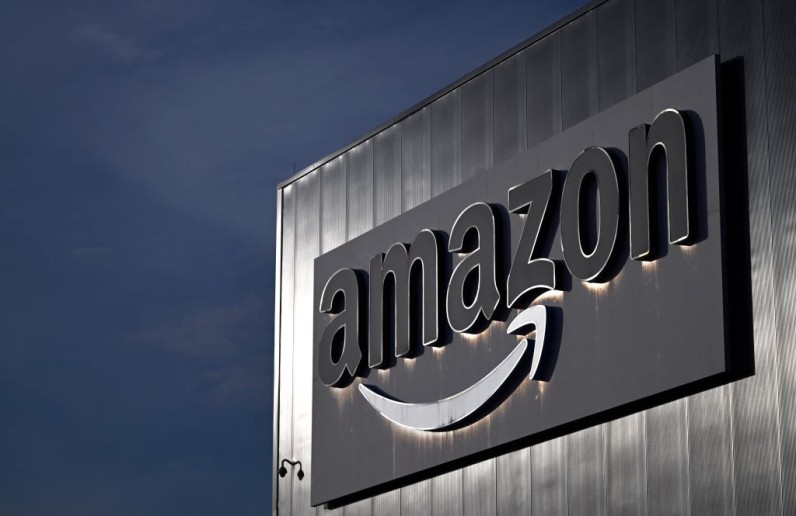
Amazon has officially entered the race to bring global internet coverage from space with the launch of 27 satellites into low-Earth orbit.
The satellites were lifted aboard an Atlas V rocket from Cape Canaveral Space Force Station in Florida late Monday evening.
This milestone is a major step in Amazon's Project Kuiper, aimed at competing with Elon Musk's Starlink network.
Project Kuiper's goal is to create a vast network of satellites to deliver high-speed internet to remote and underserved areas worldwide.
This network will be similar to SpaceX's Starlink, which already serves over 4.6 million customers.
The key difference is that Amazon's constellation will rely on 3,200 satellites, while SpaceX has already launched more than 8,000, AP News said.
"The mission is just the beginning," said Rajeev Badyal, Vice President of Project Kuiper, in a statement. "We are excited to learn and adapt as we deploy even more satellites in the coming years."
The launch marks a critical start for Amazon, but analysts are skeptical about whether it is too late for the tech giant to compete with SpaceX's head start.
Craig Moffett, Senior Managing Director at MoffettNathanson, expressed concerns that it may be "too late for Amazon to catch up and become a viable competitor."
Amazon $AMZN just launched the first batch of its Kuiper internet satellites into space - CNBCpic.twitter.com/KphvafepuM
— Evan (@StockMKTNewz) April 28, 2025
Amazon Faces $17 Billion Investment to Launch Kuiper's Satellite Network
Amazon's satellites will orbit about 280 miles (450 kilometers) above Earth, slightly lower than Starlink's, which operate at around 340 miles.
Operating in low-Earth orbit offers a clear advantage in speed and efficiency over traditional satellites, which are placed much farther from the Earth.
This proximity helps minimize delays in internet data, a crucial factor for services like remote communications and even in-flight Wi-Fi.
While SpaceX has made strides with Starlink, offering services to homes, businesses, and even astronauts, Amazon faces a tough challenge. Launching thousands of satellites and maintaining reliable service will require billions in investment and years of work.
According to CNN, initial reports suggest that setting up the first-generation Kuiper system will cost up to $17 billion. Beyond launch costs, the ongoing operation of the system could run Amazon $1 to $2 billion annually.
Despite these hurdles, Amazon has strong incentives to proceed with the project. The company could expand its cloud service, Amazon Web Services (AWS), and even provide connectivity to its own fleets, including delivery trucks.
While it's still early in the process, Amazon plans to roll out its constellation quickly. The first customers are expected to start using the service later this year.
However, with both technical and financial challenges ahead, it remains uncertain how long it will take for Amazon's Kuiper to become a serious rival to Starlink.







Join the Conversation